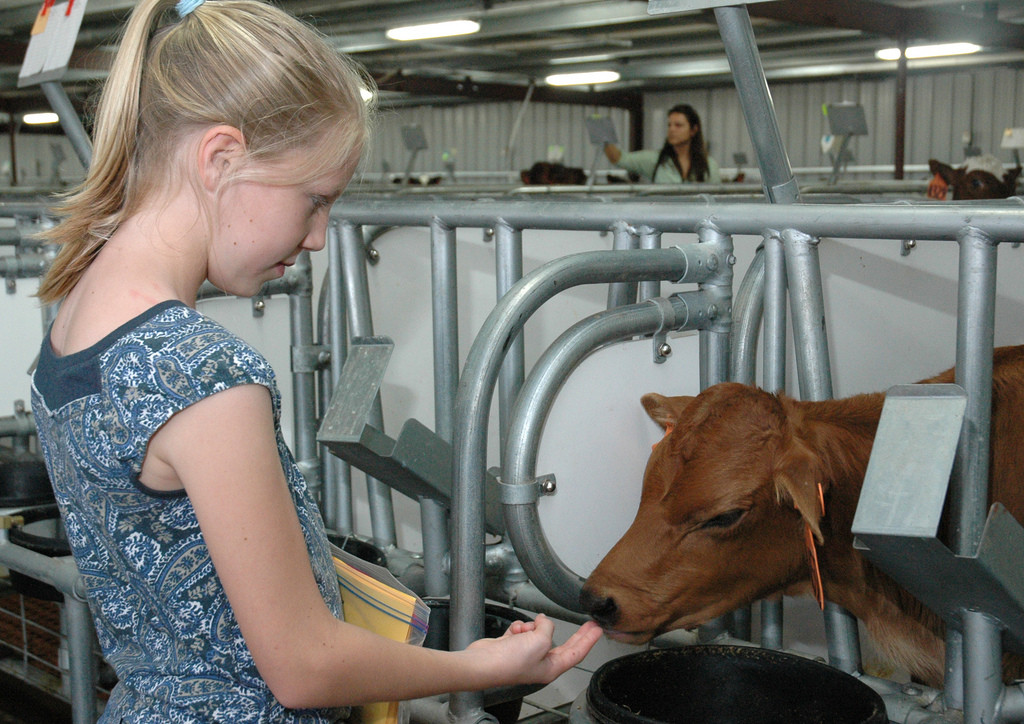This is the final post in our three-part series initially published in Dairy Herd Management magazine. In case you missed them, here are links to Part 1 and Part 2.
Today, we will focus on how agriculture operations can prepare to and respond during a crisis situation. These tips are useful not only for situations involving undercover videos, but for any crisis situation.
First, there are numerous actions to consider before a crisis occurs:
1. Have a crisis response team in place.
Before a crisis situation, assemble a crisis response team. This team should include a variety of professionals: attorneys, veterinarians, a spokesperson with media training and a social media and press inquiry manager. This team can be used in a variety of situations, including undercover videos, food safety emergencies or manure spills.
2. Develop a communications policy.
Have a plan in place for how, when and who will handle various issues during a crisis. Often, farm owners are bombarded with media requests, questions from milk purchasers and industry groups, and inflammatory comments on social media. Plan for who will handle each type of issue. It is equally important to have a policy on who is not to speak. It’s better to release one official statement, rather than having numerous employees speaking to reporters, posting statuses on Facebook or updates on Twitter.
3. Engage in detailed record keeping.
In the event an operation ends up defending itself in court (or even in the court of public opinion), the more evidence of good animal care, the better. Keep written record of all employee trainings, animal welfare audits or evaluations conducted, and animal care licenses, certificates and awards. Voluntary participation in livestock animal welfare programs or third-party audits not only helps educate employees, but also shows a commitment to good animal care practices.
4. Store up goodwill in the community and industry. Many operators who have faced an undercover video situation report having goodwill built up prior to the video was critical. Outside parties will often come to the defense of those involved as 4-H or FFA leaders, and those with a reputation for excellent animal care.
Consider the following steps after an undercover video is released:
1. Notify and involve your spokesperson. Identified as part of the crisis response team, this person, ideally, will have media training. There are various opportunities to obtain training. One example is Dairy Management Inc.’s crisis training drills.
2. Send a spoliation letter requiring the activist group to keep the entire video. Often, activists will record hours of videos, yet release only a minute of edited footage. Having access to all the video may aid in providing context; may show the activist actually participating or encouraging abuse; and may provide evidence of good animal care practices.
3. Consider seeking an injunction against the video being released. Consult with your attorney to determine if there are legal grounds or reasons for an injunction. Grounds commonly argued in this type of situation include trade secrets, security concerns or potential jury bias. While these issues may not be present in every situation – and there may be strategic reasons for not seeking an injunction – this tactic should be carefully considered with an attorney.
4. Consider legal action. There may be legal claims available to an operation against the undercover videographer or organization with which he or she is affiliated. Commonly discussed claims include trespass, fraud, perjury, interference with contractual relations, and conspiracy. Each claim should be carefully evaluated with an attorney to determine not only whether the claim is viable, but also whether it makes strategic and business sense to pursue such claims.
5. Open the barn doors. Instead of allowing the activist video to be the only view the public gets, consider inviting reporters and the public to see things for themselves.
As one example, when an undercover video broke involving a Midwest poultry farm, the activist group held a press conference and invited the local media. The farm’s attorney waited in the hall and, upon its conclusion, invited all of the reporters to visit the farm themselves, anytime. One reporter came and, on the nightly news, reported none of the activists’ claims were verified during the reporter’s impromptu visit. This proactive step diffused the situation, immediately casting doubt on the activists’ claims.












